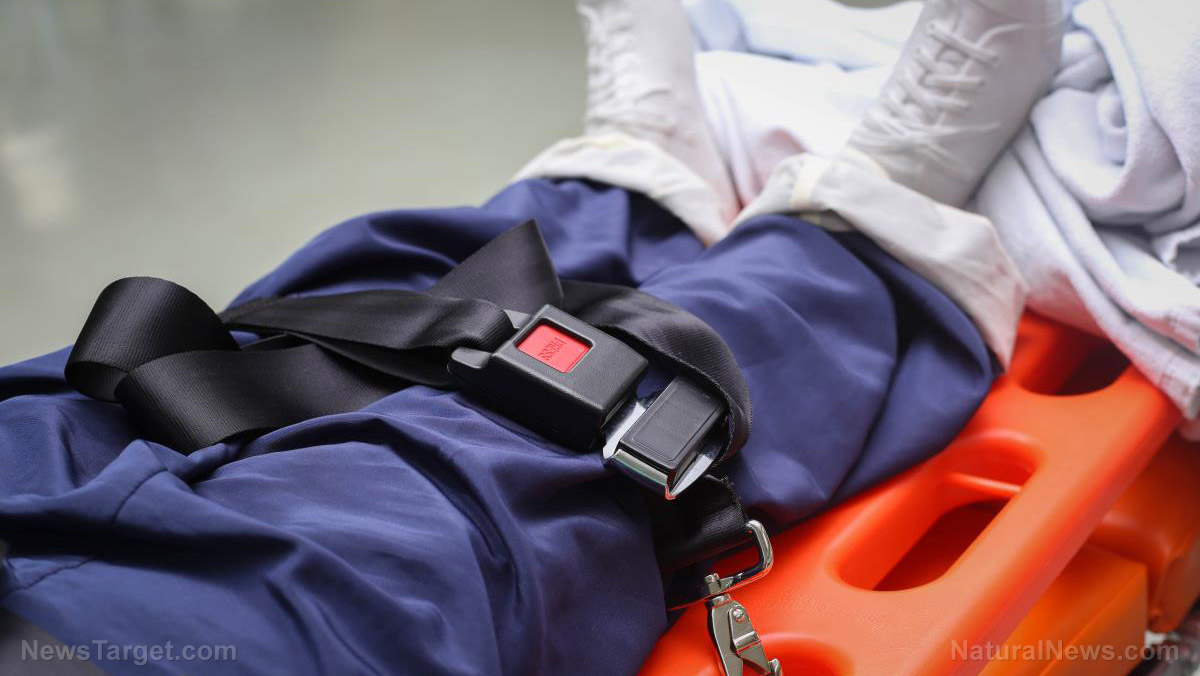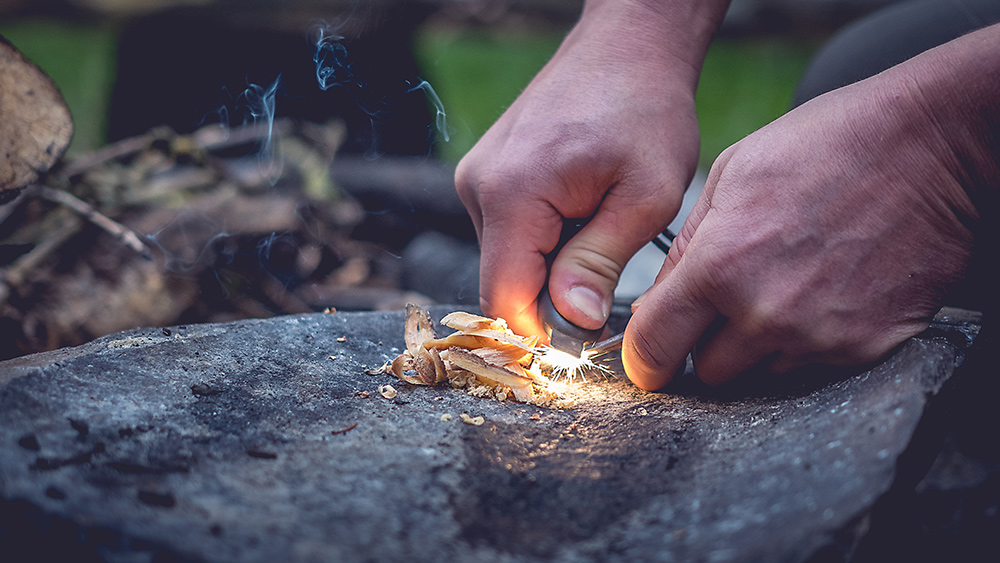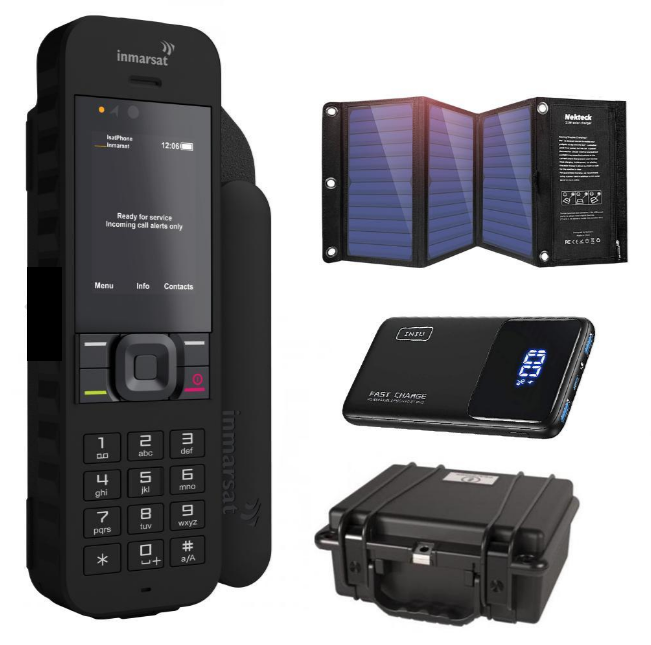MARCH military doctrine
The acronym "MARCH" stands for Major hemorrhage, Airway, Respiration, Circulation, Hypothermia and Head trauma. When attending to an injured person, remember to be realistic about what you can do. Some conditions may be best left to a paramedic, such as dealing with hypothermia or head trauma. That said, it's important that you immediately call 911 or, in the case of total societal collapse, someone who can expertly treat the patient.
But there are some conditions you can attend to, such as hemorrhage or a blocked airway.
Hemorrhage
Severe bleeding, or hemorrhage, can be controlled by applying pressure near the affected area. To that end, always keep a tourniquet in your first aid kit. A tourniquet is a tight band used to control bleeding caused by a limb injury. It's recommended by the committee on TCCC and could stop about 70 percent of preventable deaths on the battlefield.
The application of a tourniquet should be done immediately, especially if you're dealing with severe bleeding. Here's how to apply a tourniquet:
- Wrap a tourniquet about two inches above the injury.
- Pull the band tightly to remove any slack.
- Fasten the tourniquet. No more than three fingers should fit between the band and the injured limb.
- Check for a distal pulse by placing three fingers on the ankle or wrist depending on the location of the injury. If you feel a pulse, apply a second tourniquet side by side and near the first.
You can buy a tourniquet in stores, though in times of emergency, a strip of cloth or a thick band of rubber can work too. (Related: Treating wounds: How to recognize and prevent wound infection.)
For wounds in other parts of the body, applying a chest seal or a pressure dressing can help limit the bleeding. A chest seal is a dressing designed to stick to the torso to prevent air from being sucked into the chest cavity and causing a “collapsed lung.” This dressing can be bought in stores.
Meanwhile, elastic bandages and gauze work best for pressure dressing. If these are not available, you can opt for a clean or disinfected rag and some duct tape.
Airway obstruction
Preventing airway obstruction can be done using two techniques. One is to find a position that the patient finds conducive to breathing. This technique is enough in mild cases but might not adequately address breathing problems in severe airway injuries.
The second technique, inserting a nasopharyngeal airway or nose trumpet, is a better first aid response. A nose trumpet is a tube that's inserted through a patient's nose and down to the throat to secure the airway. Though this tube is safe for use, you still need proper training to safely insert it into a patient's nasal passages. You could take a class for this for safety.
When attending to an injured individual, remember that your main goal is to keep him alive. Keep this first aid guide in mind so you'll know what to do in case of an emergency.
Sources include:
USACAC.army.mil [PDF]
























